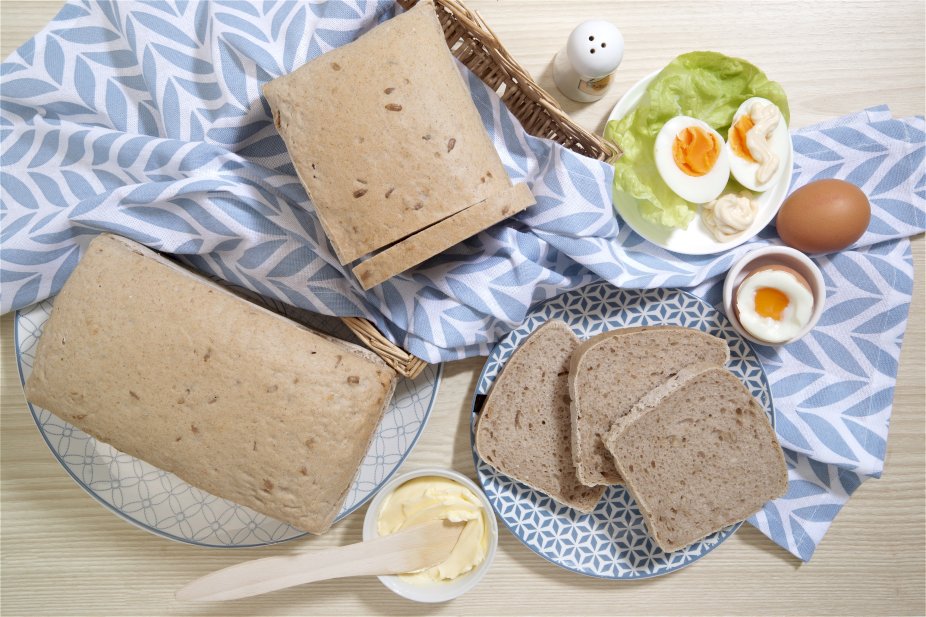The number of people following a gluten-free diet increases every year. For some, it is a necessity related to food intolerance or celiac disease, for others, a belief in the harmfulness of gluten and following trends. Either way, eliminating gluten-containing products from your diet has many limitations and various consequences.
Bread, flours, baking mixes, crackers, biscuits, pasta and breakfast cereals are the product groups that are normally available on the market as products with gluten and their gluten-free counterparts. According to the Mintel, the "gluten-free flours and bakery mixes" category is more than twice as popular than gluten-free ready-made bread! This shows that the producers of gluten-free bread still face many challenges in convincing consumers that finished bakery products can be tasty, nutritious and affordable.
Gluten-free products usually have a different texture, taste and also a higher price. Gluten-free bread, biscuits and pasta have a different mouthfeel. The first noticeable feature is the feeling that the food is dry and bland. While bakers deal with the problem of consistency in various ways, in the coming year, customers expect the products to improve in terms of taste and nutritional value.
It must be remembered that the elimination of ingredients containing gluten in many cases means the modification of nutritional values - minerals, vitamins and proteins.
While browsing the solutions used by manufacturers and patents registered in the world for gluten-free solutions, we can find many interesting ideas for improving products.
Thanks to advances in science and technology, R&D departments identify and produce a variety of ingredients that are naturally gluten-free and can be used as alternatives to gluten-containing products. More and more gluten-free options are appearing on the market, including flour made from nuts, seeds, beans, fruits and vegetables. The nutritional and sensory values (structure, limited crumbling) of baked goods can be increased, inter alia, by the addition of various types of fibers. They also help with aligning the physical properties of the gluten-free dough with the capabilities of bakery lines traditionally designed to produce gluten-free breads.
By experimenting with mixtures of gluten-free flour and fiber, you can create better and better baked products - convenient for producers, and at the same time tasty and rich in nutritional value. The R&D department of Interfiber can boast of proprietary solutions for producers of gluten-free baked goods. We will present our offer soon.




